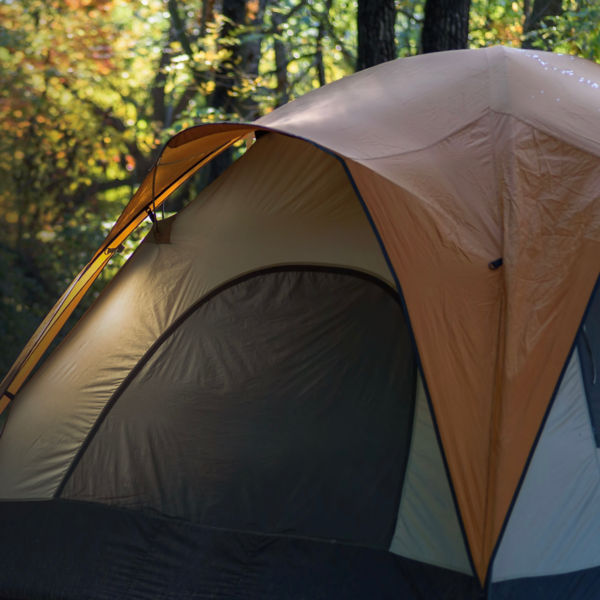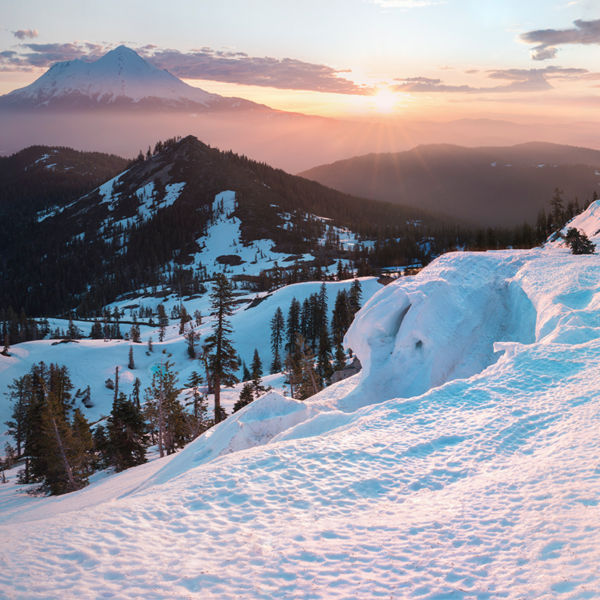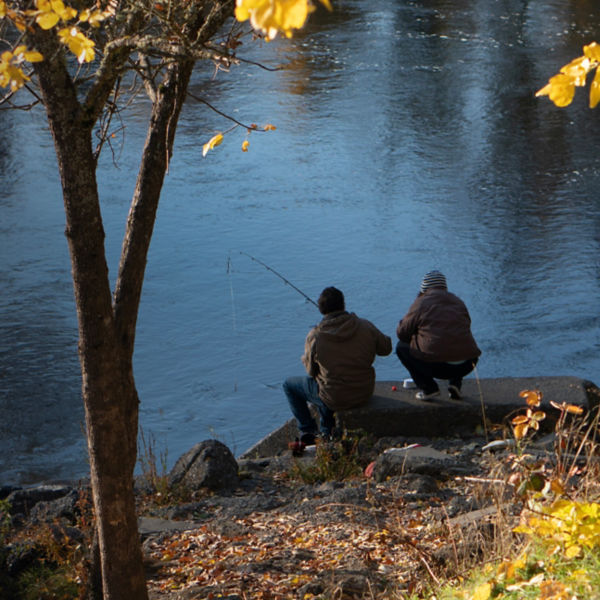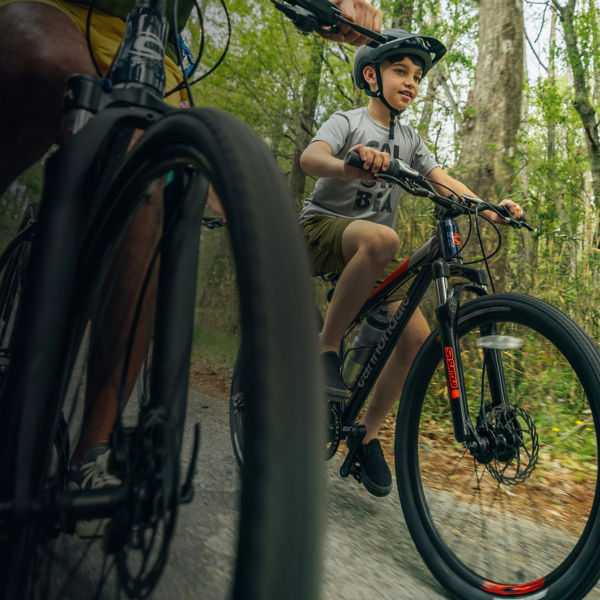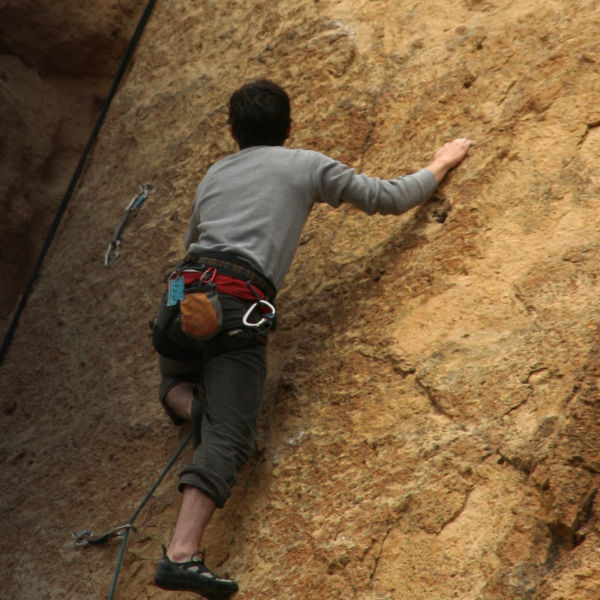
Upper Klamath Lake is truly an undiscovered gem. Though hiding in plain sight, to the immediate north of Klamath Falls, Ore., and less than two hours from Medford, the lake’s lack of crowds could be a function of its massive size: At nearly 30 miles long and, in areas, up to 8 miles wide, it’s the largest body of freshwater west of the Rocky Mountains. And beyond the water, it’s surrounded by marshes, the Upper Klamath Wildlife Refuge to the north, and sprawling forests of old-growth redwoods, white and Douglas fir, oak, alder and cedar.
The lake is the only remaining part of the ancient Lake Modoc, which, about 10,000 years ago, covered the entire Klamath Basin. The Modoc people (sometimes referred to as the Klamaths) lived in the region that is now Upper and Lower Klamath and Tule lakes. In 1826, Hudson Bay fur trappers wintered near Upper Klamath Lake and then moved south down the Klamath River in search of beaver and other pelts. As more settlers streamed into the area along the South Emigrant Trail, the Modoc people resisted and conflicts arose, notably between the Indigenous populations and military expeditions of Kit Carson and John C. Frémont. The last big battle, the 1873 Modoc War, led to the formation of a reservation on the north shores of the lake. Meanwhile, the influx of agriculture (and irrigation) heavily impacted the marshes and wetlands that surround the lake. In the early 20th century, the lake (commonly referred to as simply Klamath Lake) became a flash point between farmers and environmentalists, leading the federal government to step in and protect fish and wildlife habitat, plus ensure healthy water levels.
Fishing
Klamath Lake is now known for excellent fishing, with a protected sucker population, and a hardy population of redband trout. These Klamath Basin redbands migrate in a pattern similar to sea-run steelhead but stay entirely in freshwater. “They spawn in suitable river and stream habitat, grow and then out-migrate to Klamath and Agency lakes,” says Luke Ovgard, local fishing columnist, author of the site, CaughtOvgard and the spring 2023 book Fishing Across America. “There, they gorge themselves fall, winter and spring on native fishes, leeches, and insects, growing for an average of three years (typically up to 23 to 25 inches), then return to the lake’s feeder rivers and streams to spawn. After the spawn, they head back to the lake, en masse, to find food and regain lost weight.”
To land yours during those feeding frenzies, try a 2- to 4-inch chub or imitation shiner minnow with a silver body and dark top. Another good bet is to bring (or rent) a boat. If you’ve got a fishing kayak, Rocky Point Boat Launch (separate from Rocky Point Resort) and Malone Springs Day Use Area are both public boat launches on the western side of the lake.
And though spawning occurs nearly year-round in various populations around the basin, the fall and, most especially, April and May are the best times to target trout in the lakes, when there are fish at every depth. The Williamson River is also a popular fishery, as is the scenic Wood River, though the best fishery by far is the lake itself (especially as surrounding rivers will close to fishing during some winter spawning months; visit myodfw.com for full details on restrictions, bag limits and license fees). With more than 100 miles of shoreline, there are plenty of good spots around the lake for bank fishing. Try the Malone Springs Day Use Area. While there’s no fresh water (bring your own), there’s a toilet, plus fire rings and picnic tables. As mentioned, you can launch non-motorized boats to float the lake via the Upper Klamath Canoe Trail. Plus, the site is great for bird watching as it’s part of the Klamath Birding Trail where more than 350 species of birds have been spotted.





